How to Invest
Grow your dollars now b/c future you deserves it
The stock market is one of those tricky things to wrap your brain around. If we asked you how to invest, could you answer? Not broadly, like, “when you invest you buy stocks and the value of those stocks impacts your wealth over time.”
But like. How? What are the steps? What do I click on?
We’ll tell ya.
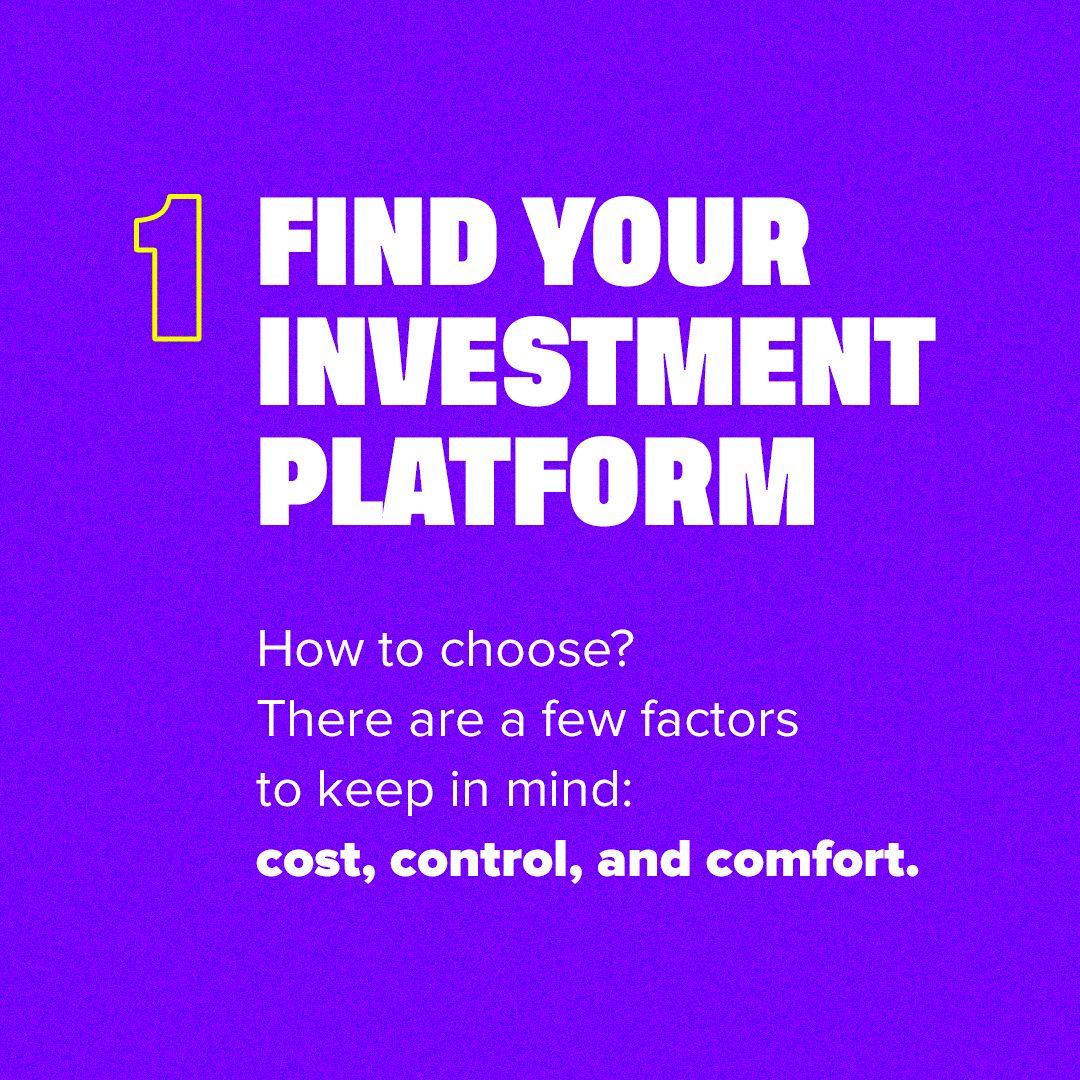
There are several points at which you must check your vibes while investing. The first: choosing your interface with the stock market. Uh oh! What the hell does that mean!
Don’t stress. Decide: would you like to use an investment manager (a guy in an office with a desk phone that manages your investments for you and tries to beat the market) or a robo-advisor (an algorithm, often accessed by an app, that invests for you and has a pretty consistent success rate).
Generally, actively managed funds come with more fees. You’re paying for Brad or Chad or whoever’s personal experience and expertise. Robo-advisors have the distinct edge of charging fewer account fees and generally accepting a lower minimum account balance, which makes them suitable for folks with less discretionary income to invest.
Robo-advisors track points in the market to regularly create returns in keeping with the overall growth of the market. This means robo-advisors generally won’t bring in huge returns, or “beat the market,” in the way an actively managed investment will attempt to. But beating the market is rare, and the fees charged might gouge that market win.
So, robo-advisors cost less and on average make as much as actively managed investments.
But don’t make up your mind yet—because robots can’t do everything (yet).
Brad or Chad, for example, could also give you personalized advice on how you should invest. You can hop on a call and ask them how to balance your goals, like buying a home and retirement, for example.
Robots can’t give you that kind of human insight. They also generally don’t offer as much customization as active managed funds. So if you want better control and visibility on the strategy of your investments, find yourself a human advisor.
It’s always good to trust your gut, so pick the option that gives you the most comfort. This comes down to personal preference, and we encourage you not to immediately opt for a robo-advisor just because you don’t like fees and are also scared to talk to a person on the phone. #ROASTED
This choice is about your entire investment vibe (and your goals, which are complex!), not just the cash money. Do your research and choose wisely.
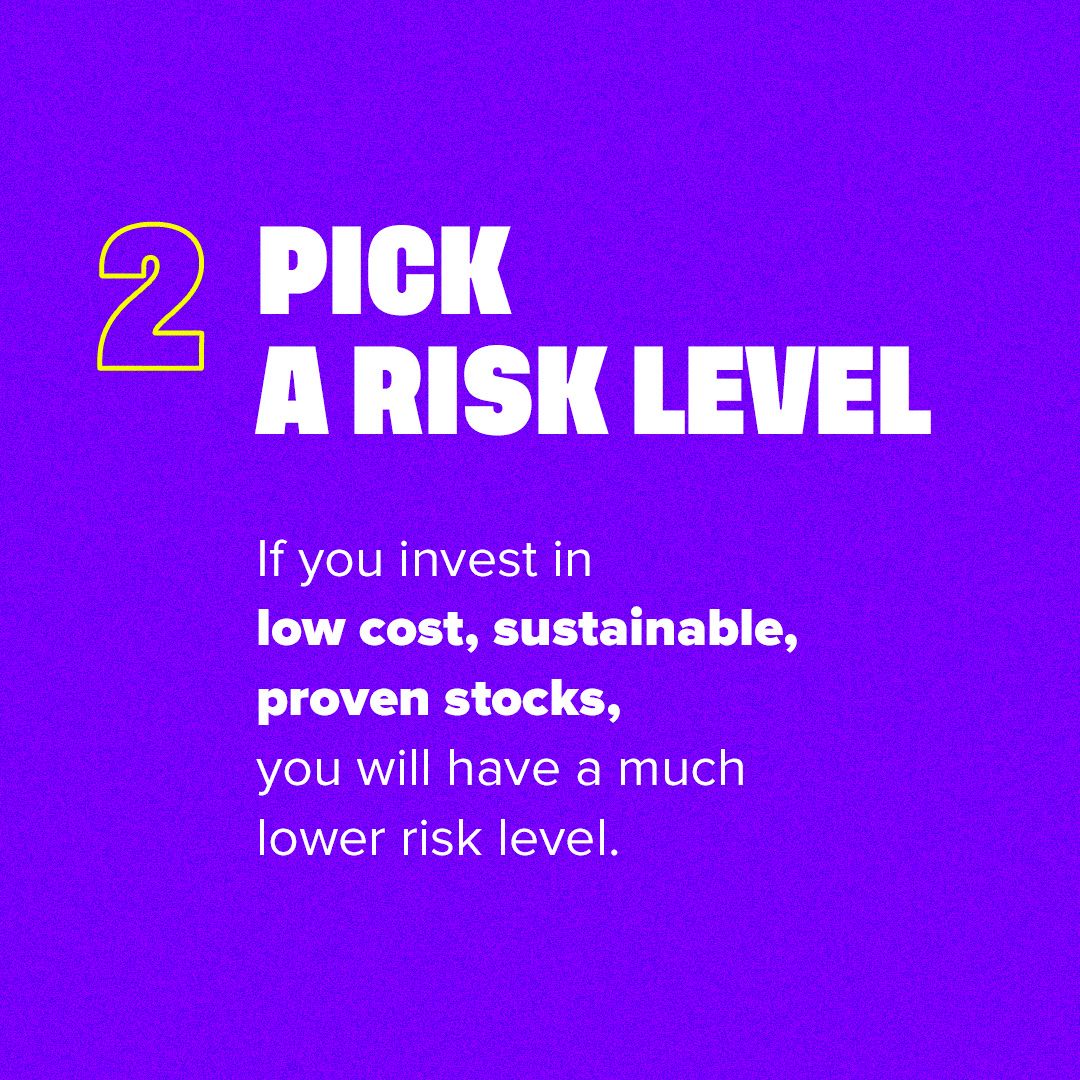
What’s a risk level? A portfolio’s volatility, or, how likely you are to lose money on your investment. If you sink 100% of your savings into BTC, you’d have an extremely high risk level, because it could lose all of its value overnight. Don’t do that.
Whether you’re into robo-advisors or human person advisors, choosing the right risk level for your investments is crucial. Luckily, there’s a simple logic to this.
When you’re young, you have many years of earning potential ahead of you. This means if the market takes a dive—as it has every ten to twenty years—there should be time for it to naturally recover. This isn’t true for folks closer to retirement.
So, younger folks can generally afford to put more of their investment portfolios into stocks, and at a higher risk level. As they get older, people generally prefer to rein in their risk level to ensure their savings are safe for when they’ll need it as a retired person no longer in peak earning years.
If you don’t feel comfortable setting this risk rate on your own, this could be a good sign you’d benefit from an actively managed fund where you can get personalized advice.
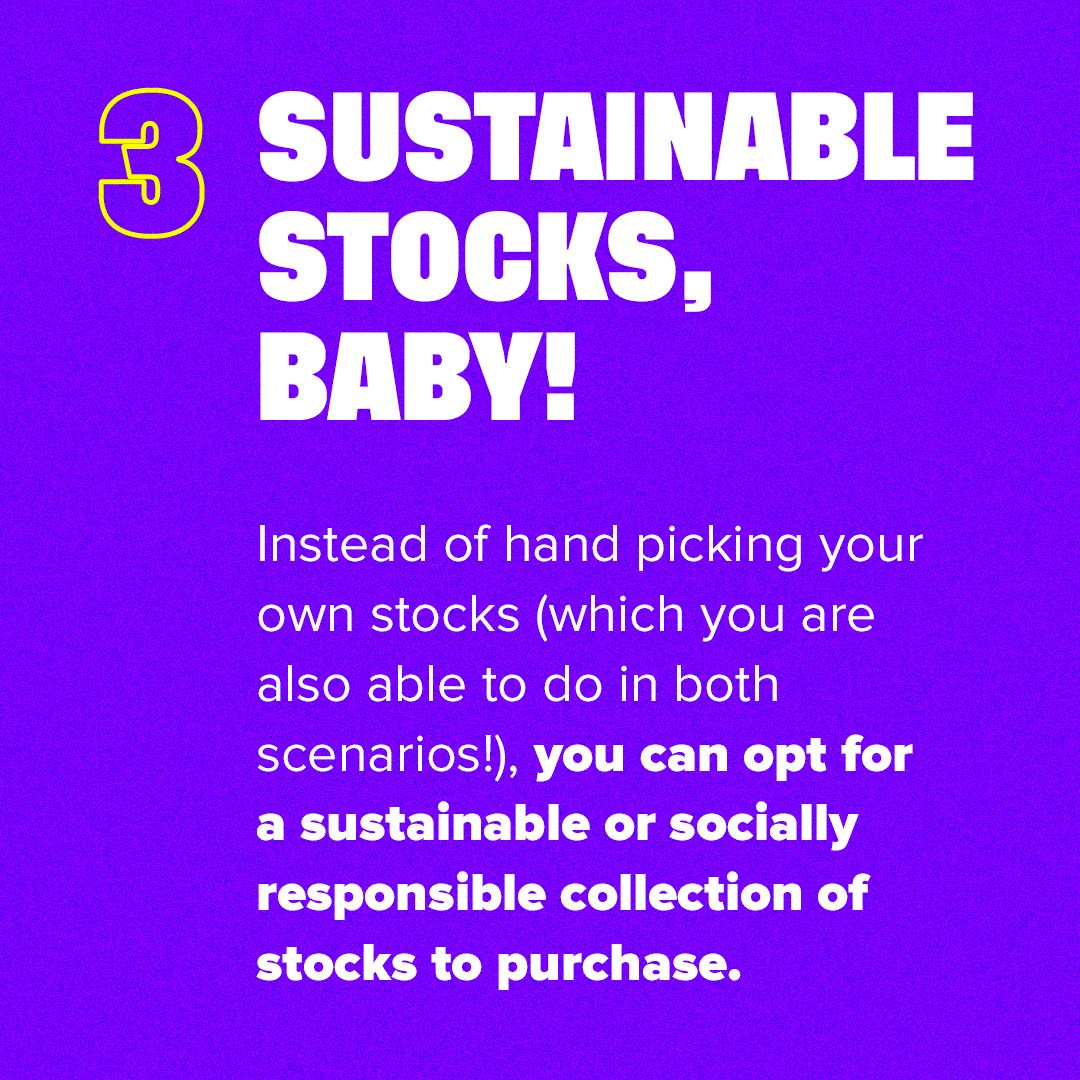
In recent years, financial advisors and robo-advisors alike have begun offering socially responsible portfolios (groups, or “baskets” of stocks). Instead of hand picking your own stocks (which you are also able to do in both scenarios!), you can opt for a sustainable or socially responsible collection of stocks to purchase. This puts your money where your ideology is, and supports companies that are good for the world.
While a standard portfolio might see investment in oil and gas companies, for example, socially responsible portfolios might funnel your investment toward companies working in green energy. The downside of these portfolios is they’re not always as profitable , but at least your conscience will be squeaky clean.
(PS: For every dollar you spend with your Mogo Visa* Platinum Prepaid Card, we offset 1 lb. of carbon through our Amazon Rainforest project!)
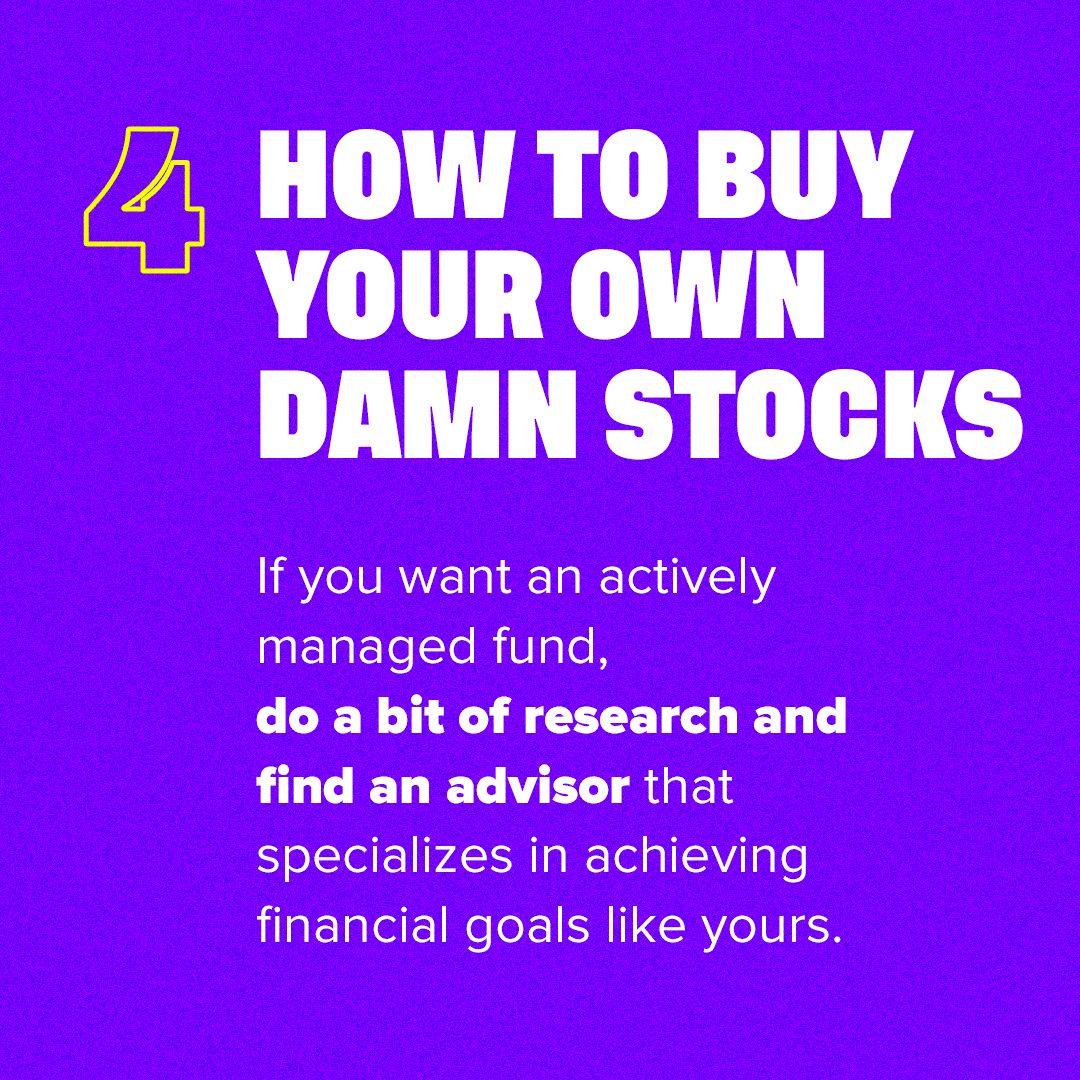
Once you’ve decided on the path that’s right for you, get to investing!
If you want an actively managed fund, do a bit of research and find an advisor that specializes in achieving financial goals like yours (try googling “financial advisor sustainable stock portfolio Canada” and go from there).
Potential advisors should be up front about their comfort level with your preferences, including levels of risk and how balanced your portfolio should be. Give them a call, and get investing.
If you want our two cents, we’re big fans of Moka. We joined forces with Moka earlier this year because they’ve got innovative, easy to use investment options for every Canadian. So if you want our input, we’d recommend them, but that’s just our opinion.
Then… like mere anarchy, you are LoOSeD upon the woRLd!!! Buy some stonks!!! (carefully)
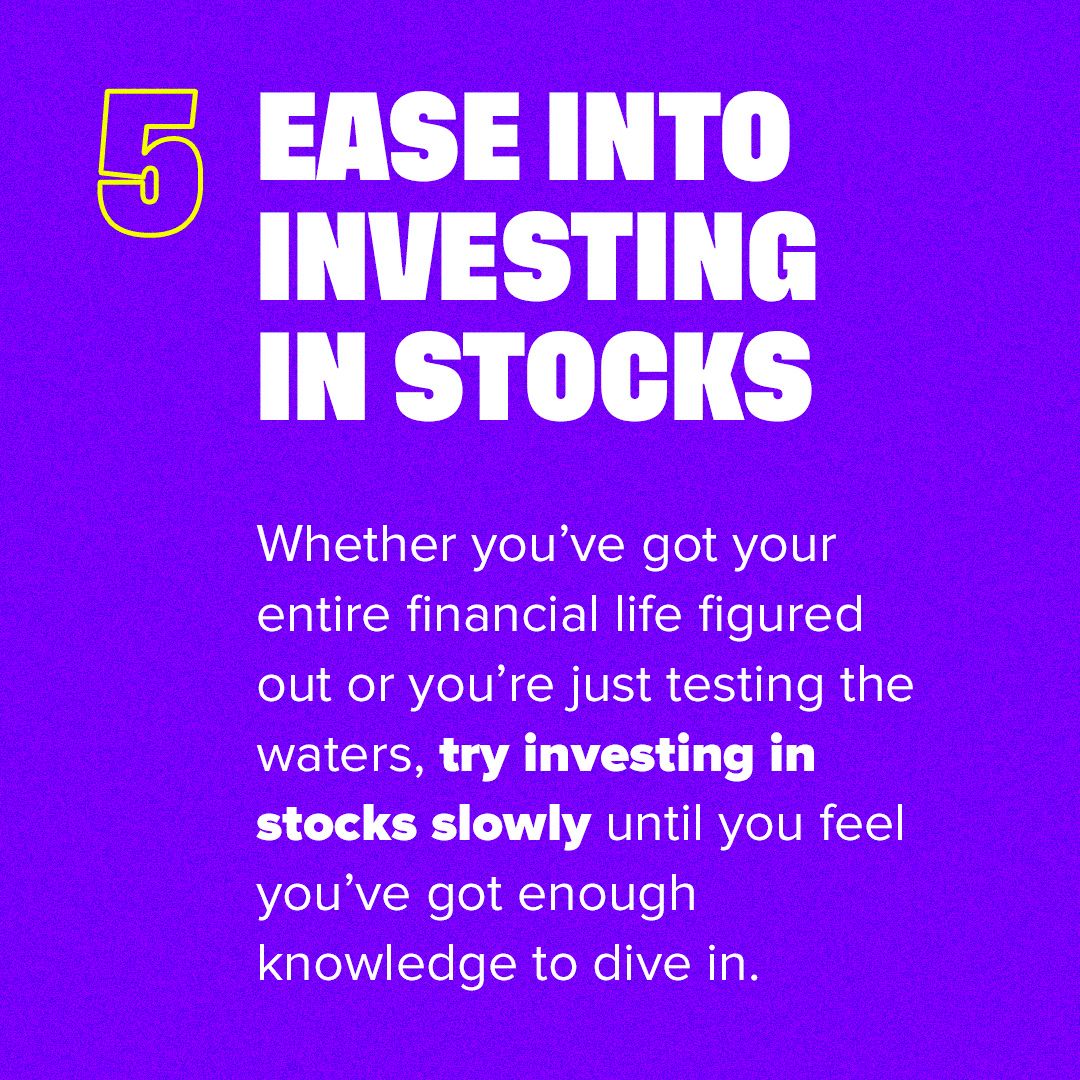
Today, invest a small amount that makes sense to you: maybe $5, maybe $100. Take the time to learn about the stocks or baskets you’re choosing and then—this is the agonizing part—give your investments time to perform.
Seriously, walk away for a month. When you come back, see how your investments have changed: did they climb? Did they dip?
If they climbed, congratulations! You’re an investor, an owner of things called stocks. If they dipped, or even crashed, congratulations. You’re an investor, owning the consequences of buying things called stocks.
Be smart, be calm, and good luck! If you're looking to learn more about investing check out our MoneyClass below!
| CHECK OUT MONEYCLASS |
* Trademark of Visa International Service Association and used under licence by Peoples Trust Company. Mogo Visa Platinum Prepaid Card is issued by Peoples Trust Company pursuant to licence by Visa Int. and is subject to Terms and Conditions, visit mogo.ca for full details. Your MogoCard balance is not insured by the Canada Deposit Insurance Corporation (CDIC).
The content contained in this blog post is provided for general informational purposes only, is not intended as specific investment advice, and is not meant to suggest that a particular investment or strategy is suitable for any particular investor. If you’re unsure about an investment, you may wish to obtain advice from a qualified professional. Nothing herein should be considered an offer, solicitation of an offer, or advice to buy or sell securities. It’s important to do your research and remember that past performance is no guarantee of future results.